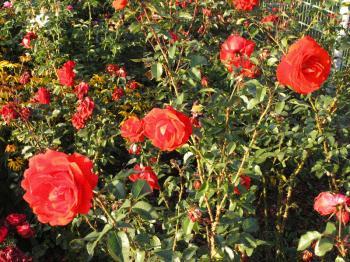As the weather turns stormy and colder, it’s good to remember the warming qualities of the edible star anise (Illicium verum) which can lend its unique properties to tea, punch, baked goods, and one other specialty—Chinese Tea Eggs.
Star anise belongs to the magnolia family and comes from a small tree that grows in southwest China. Many Asian cooks consider it a standard in their culinary repertoire. You can find it in Chinese five-spice powder as well as in certain Indian curry mixtures.
Westerners would probably liken the flavor and fragrance to their familiar anise, but star anise is more complex—with a flavor reminiscent of licorice and a slight acidic edge.
How does one use it? Try adding a whole piece to a simmering liquid or to a braising dish to bring out the warm spicy flavors. The spice adds an elegant nuance to a plum compote or jam and to red wine-steeped pears. It’s equally well suited to meat marinades, as is five-spice powder, particularly to Chinese-style barbequed pork.
The possibilities are virtually endless. Some regional cuisines use the spice for poultry dishes; others use it for pork or beef. Since it also aids digestion, poultry, bean, and cabbage dishes benefit the most.
Star anise has other uses: it is an aid in breathing difficulties and is even one of the ingredients in the medication Tamiflu.
A word of caution: The Japanese variety of star anise, (Illicium anisatum) is toxic for human consumption. It is only used for incense or for decorations, such as dried flower arrangements.
Preparation of Chinese Tea Eggs using star anise is relatively easy. In Taiwan they are used as a quick, healthy snack which can easily be carried to work or school. They are found in most small food stores there.
Though similar to Western hard-boiled eggs cooked in brine, the Chinese version is easier to digest. They can be made into an egg salad or used as an edible decoration on a tossed salad. For those on the go, they are just peeled and eaten out of hand.
Here is a simple recipe.
Chinese Tea Eggs or Marbled Eggs




